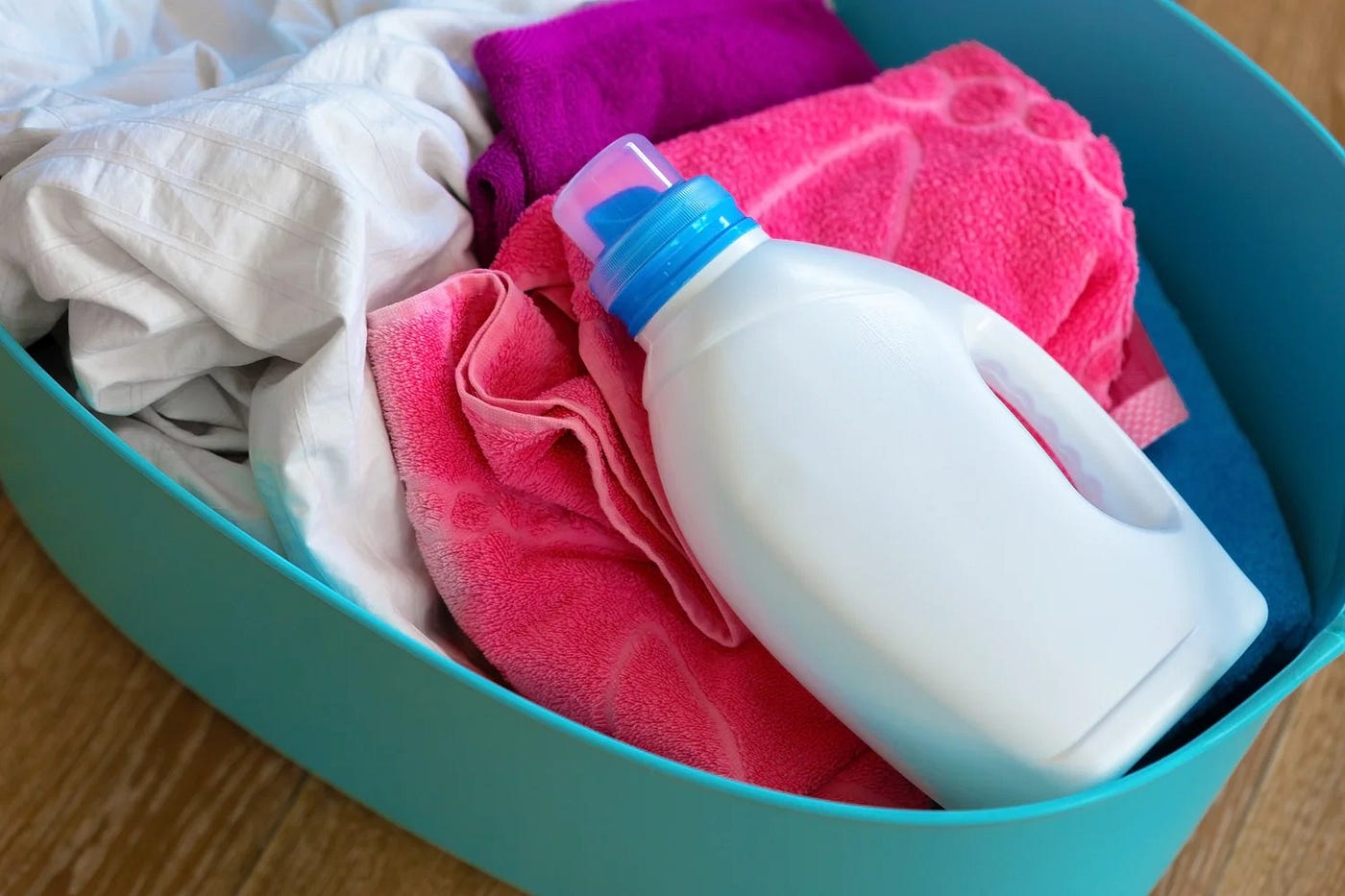There are many different formulations of the best laundry detergent sheets, and each one has unique features to meet the needs and preferences of different cleaning situations. Laundry detergents are designed primarily to remove stains effectively. Enzymes, surfactants, and other active ingredients are sometimes included in detergents, which are made to specifically target and remove different kinds of stains, like blood, grease, food, and grass.
Color-safe detergent formulations are found in many detergents; they help keep colored fabrics vibrant without fading or bleeding. These detergents frequently include optical brighteners, which brighten colors and keep them from becoming dull. Designed to be kind to textiles, fabric care detergents assist in preserving the integrity, softness, and texture of garments and linens.
Key Aspects for Choosing the Best Laundry Detergent
By considering these factors alongside cleaning performance and other key criteria, consumers can choose laundry detergents that not only deliver effective cleaning results but also minimize environmental impact and promote sustainability. Here’s how these factors can be considered and their significance in choosing the best laundry detergent:
- Packaging Material
One of the first aspects to consider is the type of packaging used for the laundry detergent. Opt for detergents packaged in materials that are easily recyclable, such as PET plastic or HDPE (high-density polyethylene). These materials are widely accepted by recycling facilities and can be transformed into new products after use. Additionally, look for detergents packaged in post-consumer recycled (PCR) plastic, which helps reduce the demand for virgin plastic and promotes a circular economy.
- Recycling Instructions
Evaluate whether the detergent packaging provides clear recycling instructions to guide consumers on how to properly dispose of the packaging after use. Look for labels or symbols indicating the type of plastic used and any special recycling instructions, such as removing caps or rinsing containers before recycling. Detergent brands that prioritize consumer education on recycling contribute to greater recycling rates and reduced environmental impact.
- Refillable or Bulk Options
Some laundry detergent brands offer refillable or bulk options as a waste reduction strategy. Refillable containers allow consumers to purchase detergent in larger quantities and refill their existing bottles, reducing the need for single-use packaging. Bulk options, such as concentrated detergent sold in larger containers or dispensers, minimize packaging waste by reducing the amount of material used per load of laundry. Consider these options to minimize your environmental footprint and support waste reduction efforts.
- Minimalist Packaging Design
Assess the overall packaging design of the laundry detergent and opt for brands that prioritize minimalist and eco-friendly packaging. Look for products with streamlined packaging designs that minimize excess materials, such as unnecessary plastic inserts or outer boxes. By choosing detergents with minimalist packaging, you can reduce packaging waste and contribute to a cleaner environment.
- Biodegradable Formulations
In addition to packaging considerations, evaluate the biodegradability of the detergent formulation itself. Opt for detergents formulated with biodegradable surfactants and ingredients that break down easily in the environment without causing harm to ecosystems. Biodegradable detergents reduce the accumulation of harmful chemicals in waterways and soil, supporting environmental sustainability and biodiversity.
- Certifications and Endorsements
Look for laundry detergents certified by reputable organizations that prioritize sustainable packaging and waste reduction. Certifications such as the EPA Safer Choice label or certifications from organizations like the Forest Stewardship Council (FSC) indicate that the detergent meets rigorous environmental and social responsibility standards.
- Life Cycle Assessment
Consider conducting a life cycle assessment (LCA) of different laundry detergents to evaluate their overall environmental impact from production to disposal. LCAs analyze factors such as raw material sourcing, manufacturing processes, transportation, use phase, and end-of-life disposal to quantify environmental impacts such as greenhouse gas emissions, energy consumption, and resource depletion.
Concluding Words
Laundry made with fragranced detergents smells good and leaves clothes feeling clean and fresh. To accommodate different scent preferences, detergents may come in a variety of fragrance options, ranging from light and flowery to citrusy or ocean-inspired. Designed to be free of common allergens and irritants, hypoallergenic detergents are ideal for people with sensitive skin or allergies.
